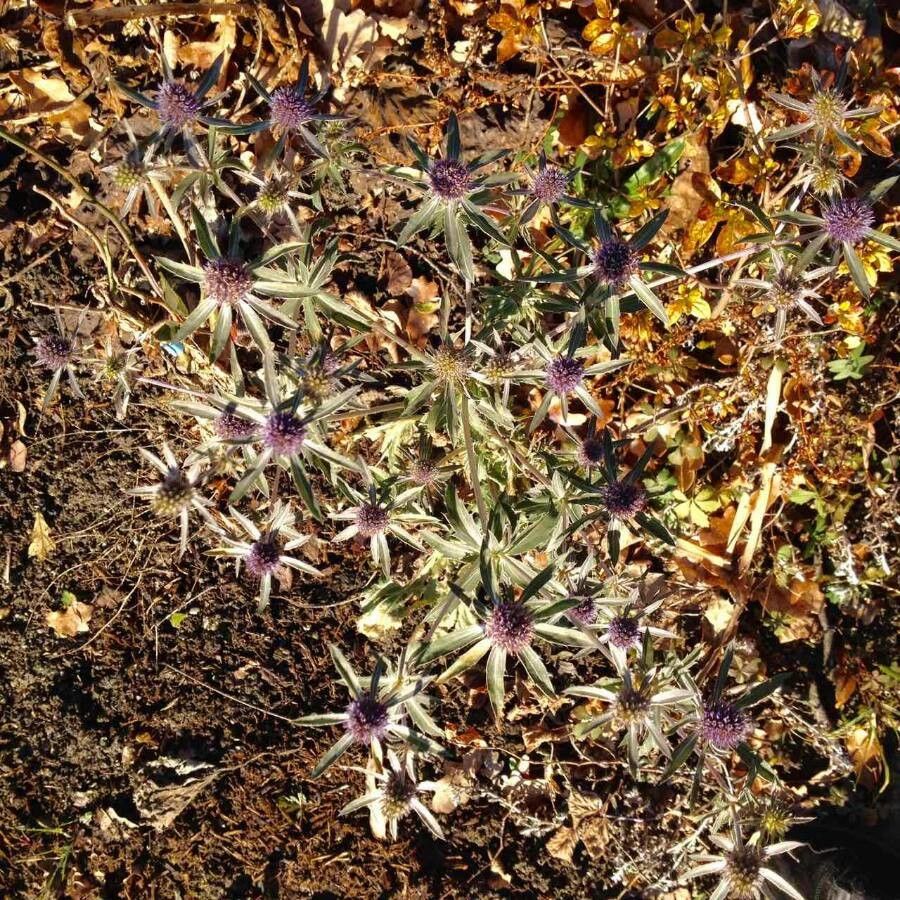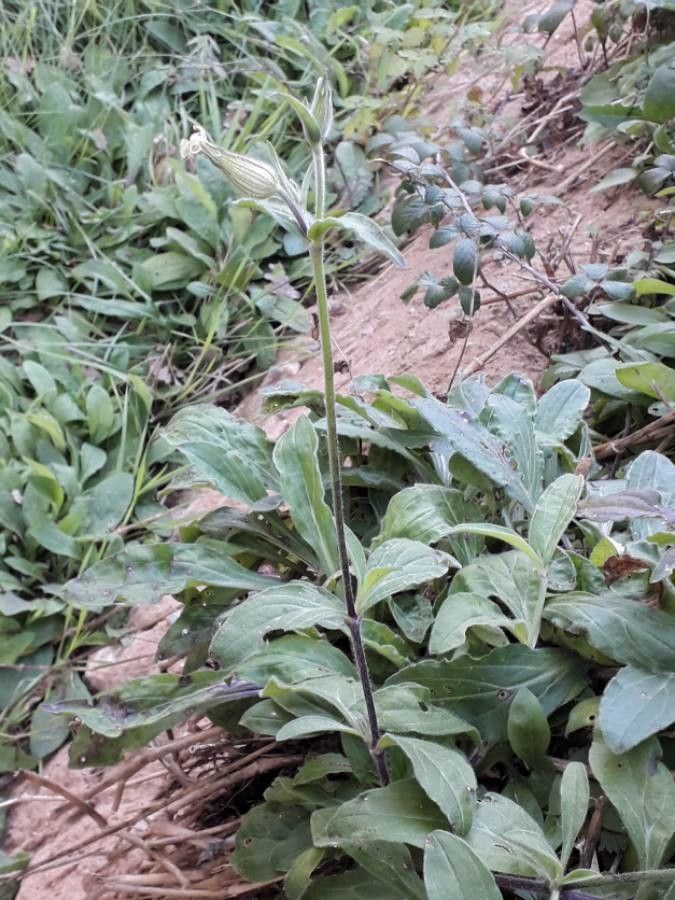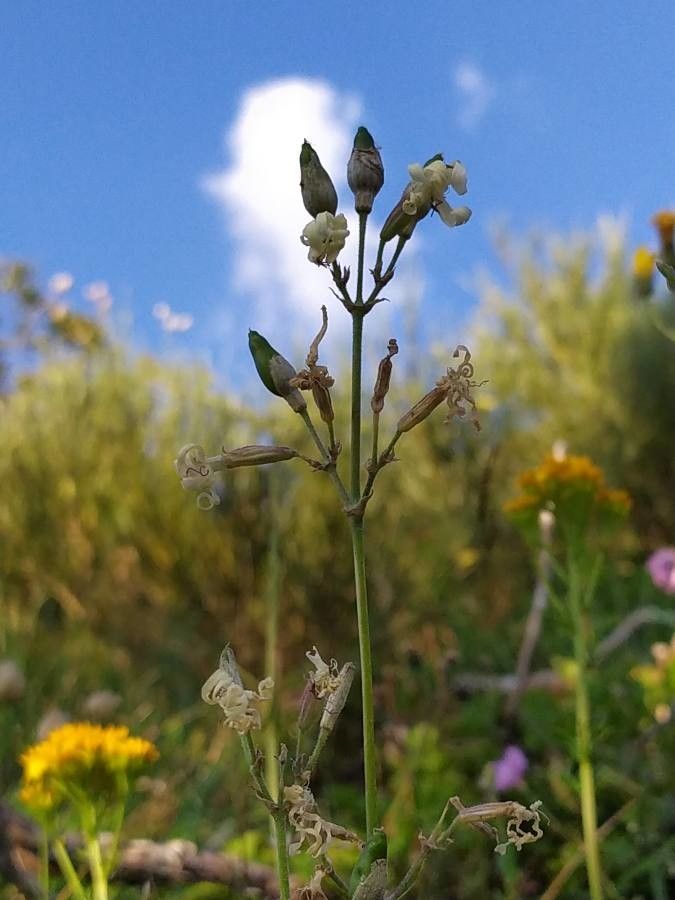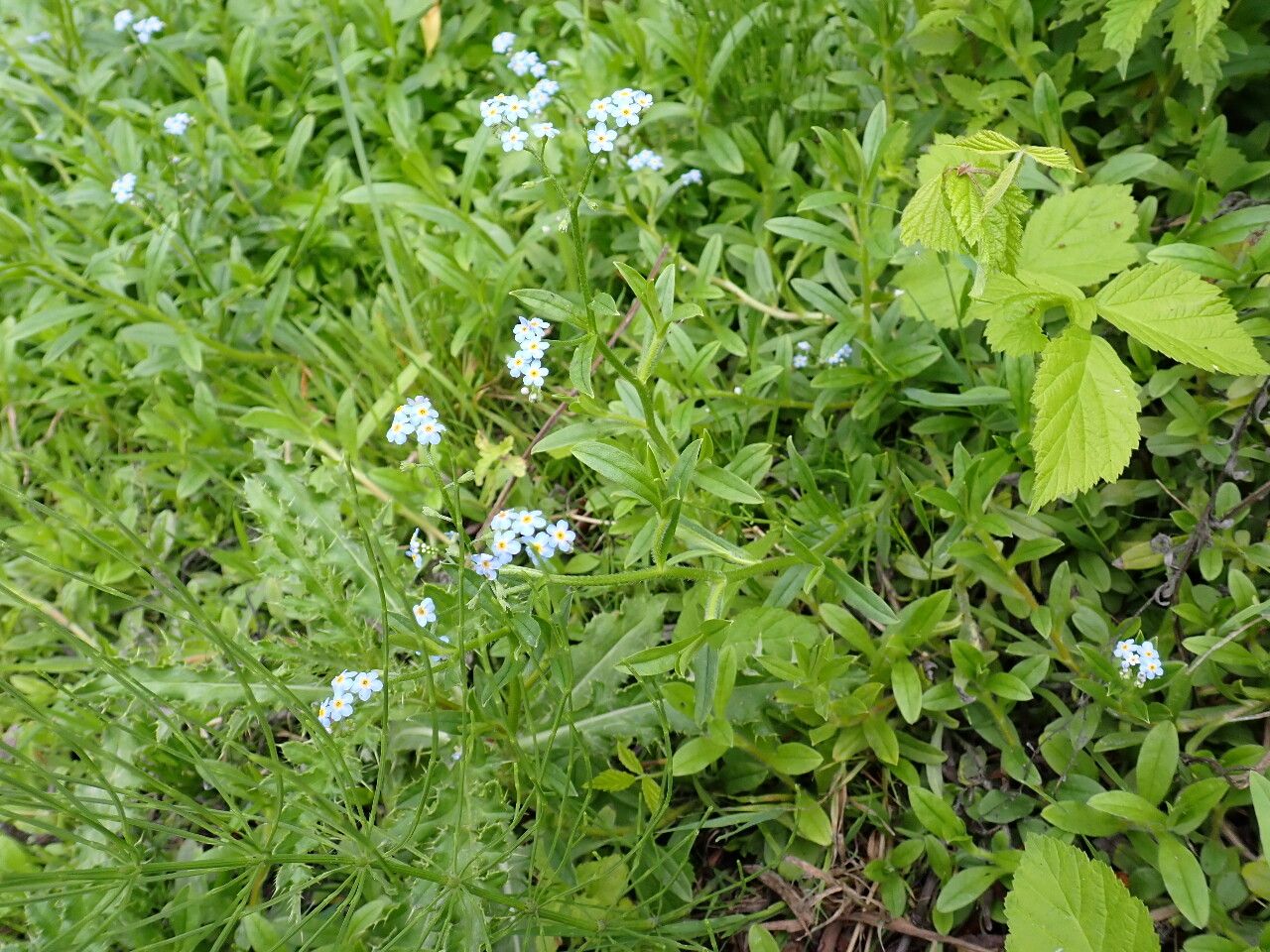## Eryngo: The Prickly Beauty of the Sea Holly
Eryngo, also known as Sea Holly, belongs to the Apiaceae family, a diverse group that includes carrots, parsley, and celery. However, unlike its culinary cousins, Eryngo is celebrated more for its striking appearance and historical medicinal uses than its gastronomic appeal. Its distinctive, thistle-like flowers and silvery-blue foliage make it a captivating addition to any garden, while its rich history hints at a wealth of potential benefits.
### Botanical Description
Eryngo boasts a captivating array of features. The plants typically grow in clumps, exhibiting stiff, often spiny leaves that range in color from grey-green to blueish-green. The most striking feature, however, is its unique flower heads. These spherical, prickly umbels, often a vibrant blueish-purple, rise dramatically above the foliage, creating a truly eye-catching spectacle. The size and exact shade of the flower head can vary depending on the specific Eryngo species and cultivar.
### Habitat and Growth
Eryngo is remarkably adaptable and thrives in various conditions. It naturally prefers well-drained soils, tolerating both sandy and rocky terrains. While it appreciates full sun, it can tolerate partial shade in warmer climates. These hardy plants are exceptionally drought-tolerant once established, making them a low-maintenance choice for gardeners in dry regions. They are also relatively resistant to pests and diseases.
### Cultivation and Propagation
Eryngo plants can be propagated from seed, cuttings or root division. Seeds are best sown in spring or autumn, directly into the prepared ground or into seed trays. Cuttings can be taken in summer, while root division is best carried out in spring or autumn. Given their preference for well-drained soil, ensure proper drainage to prevent root rot. Once established, minimal care is required, mostly consisting of occasional watering during dry spells.
### Uses of Eryngo
Historically, Eryngo has been highly valued for its potential medicinal properties. Various parts of the plant, including the roots and seeds, have been traditionally used to treat a range of ailments, although more scientific research is needed to substantiate these claims. In addition to its potential medicinal uses, Eryngo also serves as a beautiful ornamental plant. Its architectural form and striking blooms add texture and visual interest to gardens, flower arrangements, and even dried floral displays. Some species and cultivars boast edible roots, though these are not widely cultivated for culinary purposes.
### Choosing the Right Eryngo for Your Garden
Several Eryngo species and cultivars are available, each boasting its unique characteristics. When selecting Eryngo for your garden, consider factors such as the size and color of the flower heads, the height of the plant, and its overall growth habit. Research different varieties to find the perfect fit for your landscape design and gardening style.
### Conclusion
Eryngo, with its striking appearance, adaptable nature, and rich history, stands as a remarkable plant. Whether you’re interested in its potential medicinal uses, its ornamental beauty, or both, Eryngo is sure to add a touch of unique charm to your garden and a fascinating chapter to your gardening journey.
Eryngo: The Sea Holly's Beauty & Uses

Frequently Asked Questions
How to grow Eryngo from seed?
Sow Eryngo seeds directly outdoors in spring or autumn in well-drained soil. Thin seedlings to allow for adequate spacing. Alternatively, start seeds indoors 6-8 weeks before the last frost.
What are the medicinal benefits of Eryngo?
Historically, Eryngo has been used to treat various ailments, such as respiratory problems and urinary tract infections. However, scientific evidence supporting these uses is limited, and more research is needed.


